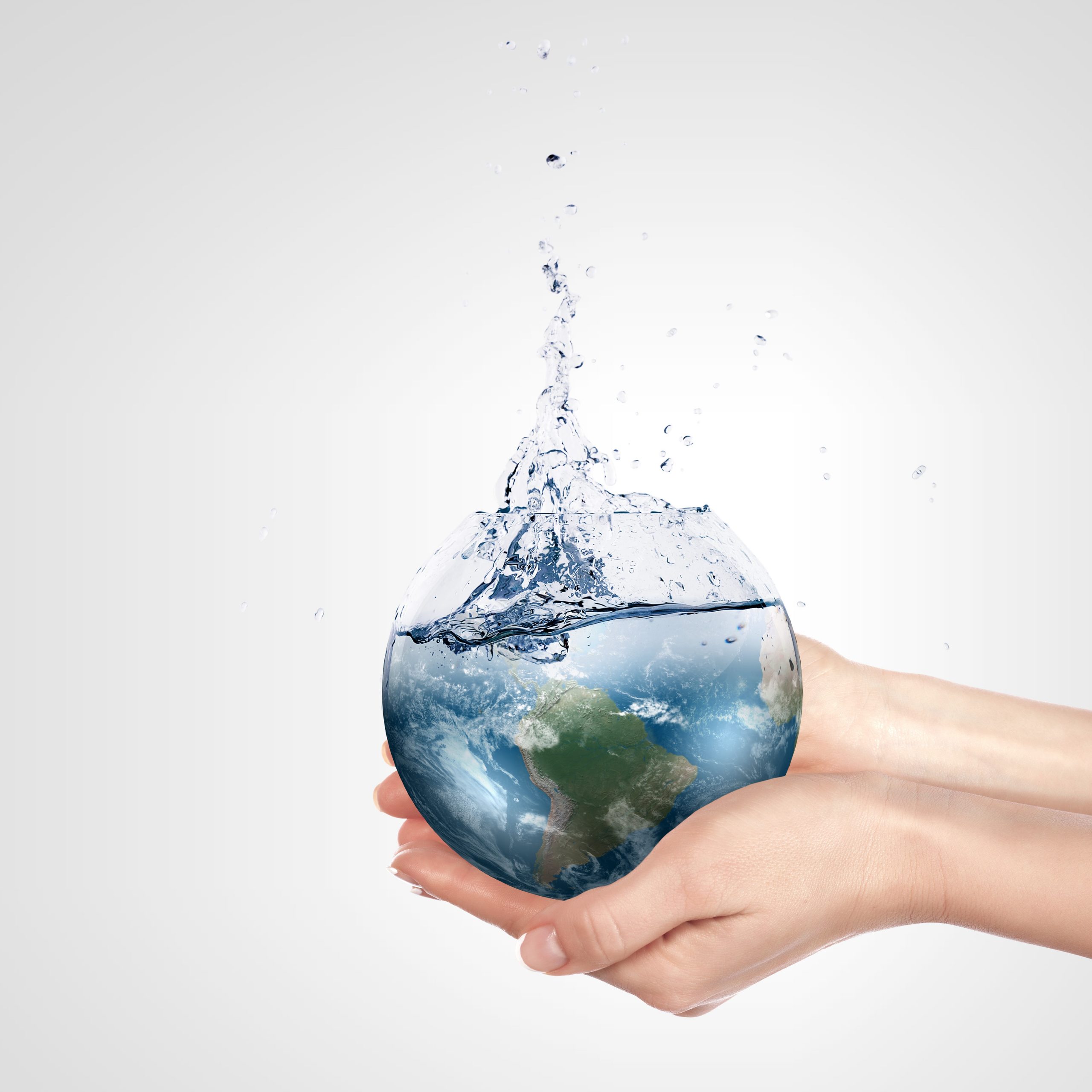
In the past few years, the anhydrous cosmetics trend has attracted more and more supporters, and that is not a coincidence; it’s all about the problem which lies behind it – it’s all about water
Today, the world is becoming increasingly aware of one of its global challenges – water scarcity.
And although it seems to us that we are surrounded by an unlimited amount of water, the WWF claims that only 2.5% is fresh water, most of which is locked in glaciers, snowy peaks or deep underground. Only 0.4% is available for use by 7.7 billion people. And according to the WHO, 2 billion people live in water-scarce countries. Just think about it – water scarcity already affects four out of every 10 people.
The cosmetics industry willingly uses water both in the process of creating the product itself, (to clean, refresh and process products) the so-called virtual water, and in the composition of the products (creams, lotions, shower gels, shampoos, etc.); the average water content in the formula of which varies from 60% to 90%.
The use of water by producers is understandable, since:
- It is a universal solvent for active substances;
- it reduces the activity and toxicity of certain components;
- it serves as an “emulsion agent,” that is, it determines the texture of the product;
- it creates the total volume of the product; and
- water costs practically nothing and therefore remains highly cost-effective.
Living on the brink of a water crisis, the cosmetics industry realized that decisive action was needed.
While cosmetic giants (Unilever, Procter & Gamble, Loreal) have pledged to reduce water use in the next few years, new companies have already appeared on the market and they have been able to quickly switch to new technologies. They see it as their mission to reduce or replace the amount of water in the product as much as possible, minimize the amount of preservatives used, and to harness eco-friendly technology to produce the ingredients.
These goals are established to meet the highest demands of customers. They offer two kinds of solution:
- The complete absence of water in the formula. Excluding water, naturally, there is no need for preservatives, because anhydrous formulations are much less vulnerable to decomposition or microbial growth.
These cosmetics can be made available in a dry, compressed form. Examples of products include: bars (shampoo bars, bar-conditioner, bars of body soap), dry masks, dry cleansing mixes for face and body. A striking example of this direction is the company STOP THE WATER WHILE USING ME!, a strong brand (whose name says it all) aimed at preserving and protecting water, while using other natural ingredients.
Indisputable advantages of this type of product are: longer shelf life and economical consumption; for example, one such shampoo bar contains as much shampoo as 2 or 3 ordinary liquid containers.
Anhydrous cosmetics can also be made available in a liquid format. Some companies are using oils that enrich the formula and make the product’s properties more concentrated and effective. An example of such a company is Skin and Senses.
- Replacing water with an analogue. That is, replace water with extracts, extracts from plants, which, due to their natural properties, enhance the properties of the final product and make it possible to use substances that are really valuable for the skin; which will regenerate and maintain the natural hydro-lipid layer of the skin. An example of one such pioneer is the Korean company WHAMISA.
In addition to the requirements for reducing water in the formula of the product itself, buyers and manufacturers must be careful that the process of creating products is also as eco-friendly and gentle as possible, using as little water as possible in the production process. An example of such an ingredient is Extvolat by PineAqua.
Caring for the outside world and taking a responsible attitude towards our precious resources will mean that the trend for anhydrous cosmetics will only intensify. We have every reason to believe that it will become the future of our cosmetics.
